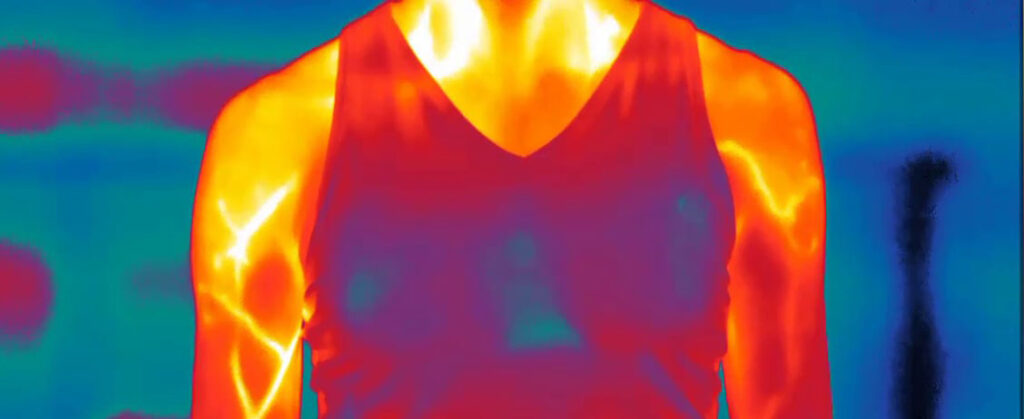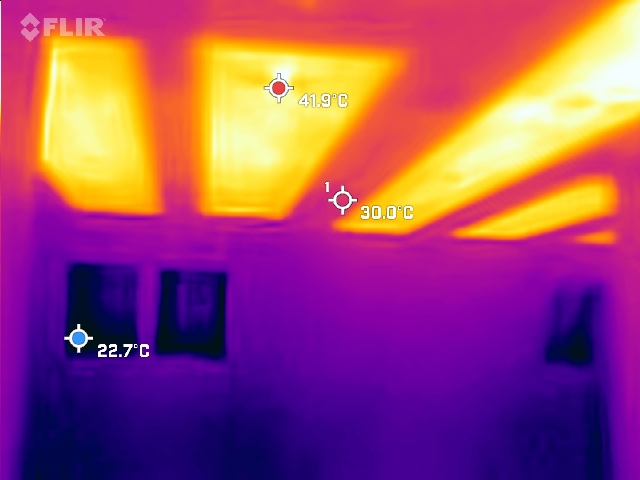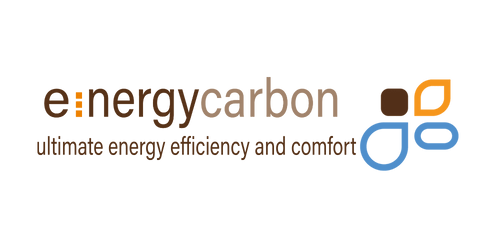
We live in a world full of things that a hundred years ago the average person would’ve seen as bordering on magical.
However, despite our huge versatility as a species, getting used to something new still takes time.
In the decades ahead, we’re going to be introduced to a whole range of different products and technologies – many of them designed to help tackle the enormous, existential threat posed by climate change.
The ‘r’ word
At Energy Carbon, we specialise in infrared heating (specifically far-infrared, but we’ll get on to that in just a minute).
Fast, effective and extremely easy to roll out across the country at scale, infrared heating can make a huge contribution to cutting the UK’s carbon footprint by replacing environmentally damaging gas boilers.
But we know from experience that homeowners sometimes have questions and concerns about infrared.
Infrared is a type of radiation – a word which, understandably, makes some people uneasy.
So let’s go back to basics and explore exactly what it means.
Radiation is simply energy that moves from one place to another. In other words, it ‘radiates’ from a source to somewhere else.
There are two types of radiation – ionising radiation and non-ionising radiation. Ionising radiation has the potential to disrupt the atoms in the human body, and can therefore be harmful to people’s health.
It’s this radiation – like the kind emitted by nuclear material – that’s given the r-word its unpleasant reputation.
Infrared is everywhere
But infrared is a kind of non-ionising radiation – and is in fact something every human being, and almost every living creature, is exposed to and benefits from every day.
The light from the sun is 49% infrared radiation, for example.
Now, at this point, you might be thinking – sunlight is very nice and all, but isn’t it also dangerous in some contexts?
As we all know, if people go out in the sun for too long and too often without taking the right precautions, they can suffer health issues as a consequence.
This is true, but that’s because the sun also produces UV – a type of radiation which is very useful in some respects (it’s one of our main sources of Vitamin D), but can still be harmful in large amounts.

Far infrared
However, that’s not to say that all infrared is safe.
There are actually three types of infrared radiation – near infrared, mid infrared and far-infrared.
Near infrared has the lowest bandwidth of the three – and the lower the bandwidth, the more it excites our atoms. That means it has the potential to burn, and exposure to near infrared has been found to burn the retinas of the eyes.
Far-infrared, by contrast, is completely safe. It’s known as the ‘light of life’ – we said earlier that 49% of the light from the sun is infrared. To be precise, it’s far-infrared (it’s also far-infrared that’s used in incubators to warm new-born babies).
And it’s far-infrared that’s by far the most beneficial for heating homes and its occupants.
Far-infrared radiation warms all the surfaces and objects in a room, rather than the air – and those surfaces and objects then go on to radiate heat themselves.
The embodied heat gathered in these areas slowly releases back into the room, allowing for very fast reaction times, which mean the heating itself doesn’t have to be on and consuming electricity for as long before homeowners start to feel the benefit – cutting both energy bills and carbon footprints.
But not all far-infrared heating is created equal. In the past, many manufacturers have produced far-infrared heating panels that are commonly placed on the walls or ceilings inside the home.
However, these panels become extremely hot to the touch when they’re in operation – which makes the dangerous if children, elderly people or anyone else accidentally fall against them. This heat becomes very uncomfortable when placed overhead and they also only heat specific areas in a room such as over a dining table – get up from your chair and you’ll feel cold again.

At Energy Carbon, we are infrared heating suppliers and provide a much better and safer solution – far-infrared heating fleece, made from recycled materials, that can be plastered into walls or ceilings, or, in the case of our newest product Drytec, inserted behind the plasterboard without the need for wet trades. The 36v product covers 60% of a ceiling area, radiates out to 100% of the floor area and operates at a surface temperature of around 35°
World-changing potential
Like any new technology – or in this case, a new use for a technology that’s been around for years – far infrared heating may take a bit of getting used to.
But once we’re over that hurdle, it’s going to play a massive part in making Britain a much greener, more sustainable place to be.
